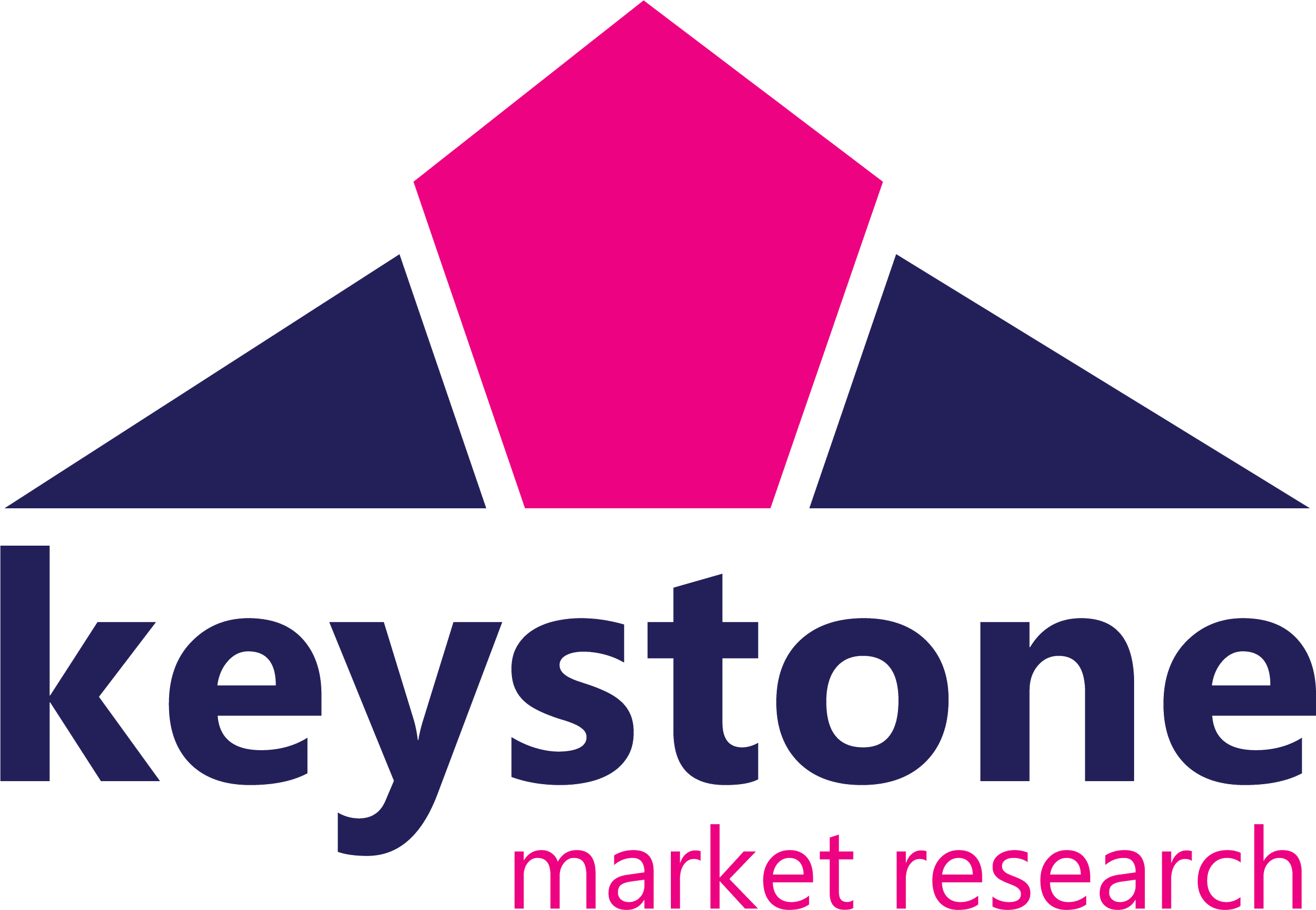Why and How to Implement Net Promoter Score in Your Glazing Business
The NPS system was developed by Fred Reichheld, a business strategist and author, in collaboration with Bain & Company and Satmetrix Systems in 2003. Reichheld introduced the NPS concept in his Harvard Business Review article "The One Number You Need to Grow" as a simple way to measure customer loyalty and predict business growth. The NPS system has since become a widely used performance measure in the business world, with companies using it to evaluate customer satisfaction, identify areas for improvement, and measure the success of their customer experience initiatives.
The Net Promoter Score centres on asking customers a single question:
"On a scale of 0 to 10, how likely are you to recommend
[company/product/service] to a friend or colleague?"
Customers are then grouped into three categories based on their response:
- Promoters: Customers who respond with a 9 or 10 are considered promoters. They are highly likely to recommend the company to others.
- Passives: Customers who respond with a 7 or 8 are considered passives. They are satisfied with the company but are not enthusiastic enough to recommend it to others.
- Detractors: Customers who respond with a score of 0 to 6 are considered detractors. They are not satisfied with the company and may even discourage others from using it.
The actual "Score" is calculated by subtracting the percentage of detractors from the percentage of promoters. The resulting score can range from -100 (if all customers are detractors) to +100 (if all customers are promoters).
The NPS will vary depending on the industry, company, and customer expectations. However, a score above 0 is generally considered to be a good NPS, while a score above 50 is considered to be excellent. The highest NPS scores are typically achieved by companies with a strong customer-centric culture, high-quality products or services, and effective customer support.
By tracking changes in the NPS over time you can gauge how customers are feeling about your company, especially interesting after implementing changes. and to identify the drivers of changes in the score.
It's important to keep in mind that NPS is just one measure though, and when surveying customers I would always recommend following it up with at least 2 further questions to deeper understand what is driving the score and identify actionable insights:
1. What are we doing well?
2. What could we do better?
Taking the time to ask your customers these 3 simple questions routinely will help you track customer sentiment and identify areas for improvement. By then taking action to address customer concerns, you can turn your detractors into promoters of your business and ultimately improve customer satisfaction and loyalty.
If you want support developing a bespoke customer survey for your team to execute, or you would struggle to resource it internally and are instead looking for a full service customer survey programme with actionable results delivered, we would be happy to help.








